How to Recognise Burnout Before It’s Too Late
Burnout rarely starts with a breakdown.
It starts small—missed deadlines, shorter replies, cameras off in meetings. A tired “I’m fine” that doesn’t quite sound convincing. Slowly, people disconnect—not just from their work, but from themselves.
By the time someone says “I can’t do this anymore,” the signs were often there all along. They just weren’t recognised—or were brushed aside as stress, busyness, or personality.
So, how can we spot burnout early—before people hit the wall?
First, Let’s Get Clear: What Is Burnout?
Burnout isn’t just tiredness or a bad week.
It’s a chronic state of emotional, physical, and mental exhaustion, usually caused by long-term, unmanaged stress at work. It’s now recognised by the World Health Organization as an occupational phenomenon, not a personal failure.
The three key symptoms:
Exhaustion – persistent fatigue, no matter how much rest
Cynicism or detachment – mentally checking out, feeling disconnected from work
Reduced performance – struggling to focus, meet deadlines, or feel motivated
If these are starting to show up, especially in high performers, it’s time to act.
Early Signs Burnout Might Be Brewing
Burnout doesn’t always announce itself. Here are some of the early, often-missed indicators HR and leaders should be watching for:
Behavioural shifts
A usually upbeat team member becomes withdrawn
Increased irritability or impatience
Declining participation in meetings
Changes in tone—email responses get shorter or more blunt
More “sick days” or late starts creeping in
Emotional cues
Loss of enthusiasm or sense of purpose
Saying things like “I just don’t care anymore”
Feelings of hopelessness or self-doubt
Difficulty bouncing back from small setbacks
Physical symptoms
Constant fatigue or low energy
Headaches, stomach issues, or unexplained aches
Trouble sleeping—even if they’re exhausted
Looking visibly unwell or run down
Common Burnout Myths That Hold Leaders Back
“They’re still getting the work done—they must be fine.”
High-functioning burnout is real. People can perform while still struggling. But it’s not sustainable.
“They just need a long weekend.”
Rest is important, but burnout isn’t fixed by time off alone. It often needs a change in workload, expectations, or team culture.
“They should’ve said something.”
People often don’t speak up until they’re overwhelmed—or until they’ve already decided to leave. That’s why proactive check-ins matter.
What HR and Culture Leaders Can Do (Before It’s Too Late)
1. Pay attention to changes—not just performance.
Look at the full picture: how someone’s showing up, not just what they’re delivering.
2. Create space for real conversations.
Burnout thrives in silence. Build a culture where people feel safe saying, “I’m not okay.”
3. Support your managers.
Often, they’re burned out too—or unsure how to have supportive conversations. Equip them with training and tools.
4. Audit workloads regularly.
Check for unrealistic expectations, blurred role boundaries, and chronic under-resourcing. Burnout is often a systems issue, not an individual one.
5. Follow up—don’t just flag.
If someone shares that they’re struggling, check in again. One supportive moment isn’t enough—it needs to be ongoing.
You Can’t Prevent What You Don’t Notice
Recognising burnout isn’t just about being observant—it’s about creating a culture where it’s safe to be human.
Where people don’t wait until they’re broken to speak up.
Where wellbeing isn’t the last thing on the agenda—it’s built into how work gets done.
Because burnout rarely shows up overnight. But if we catch it early, we have a chance to shift the story.


